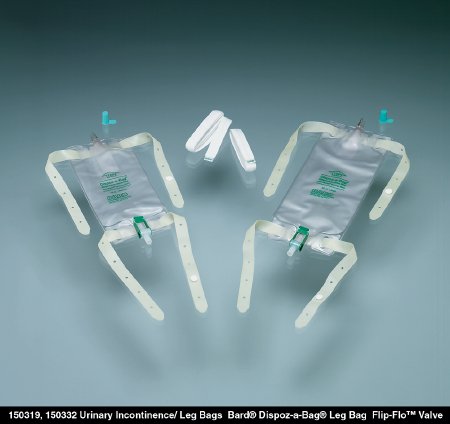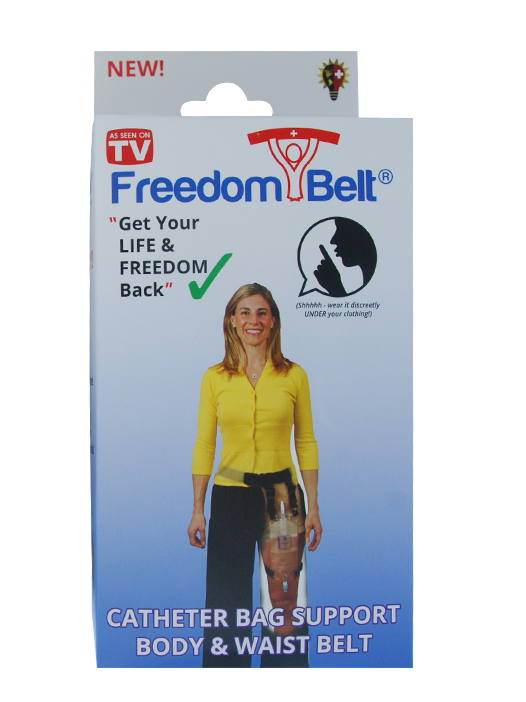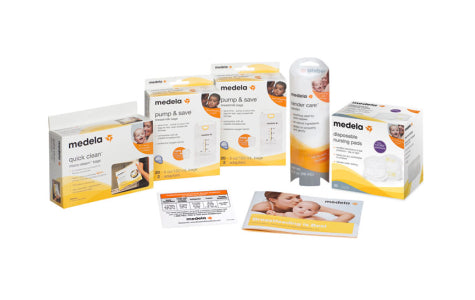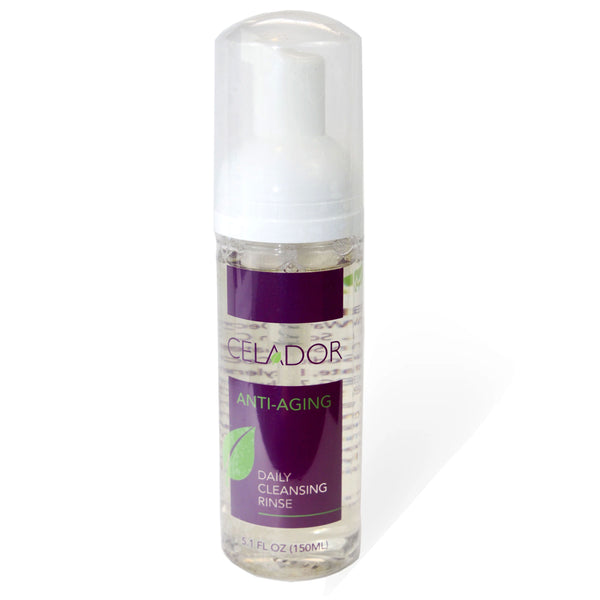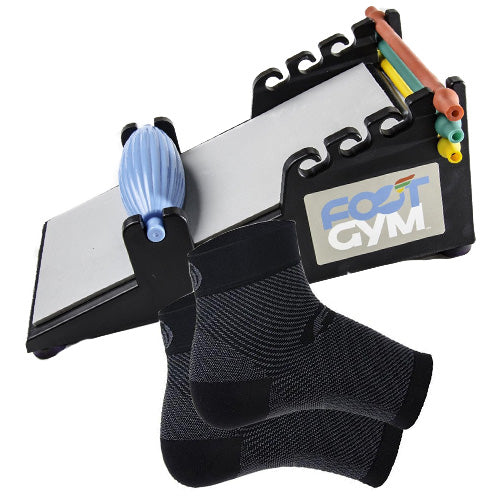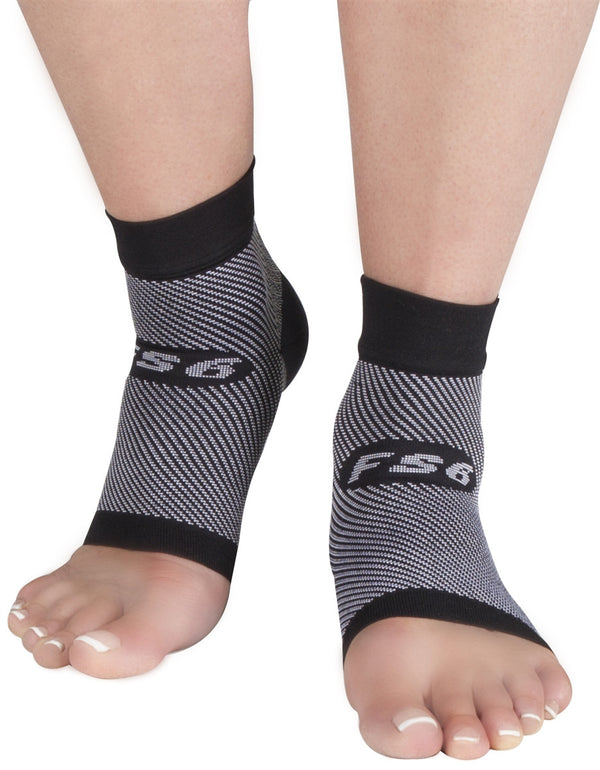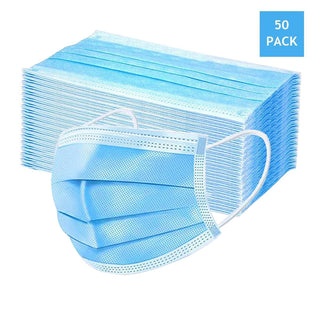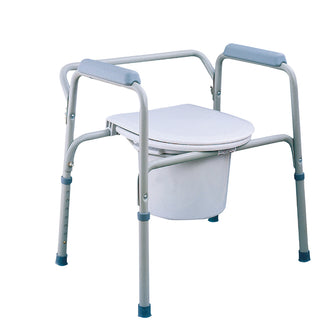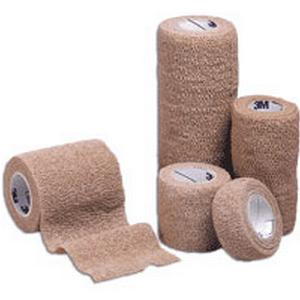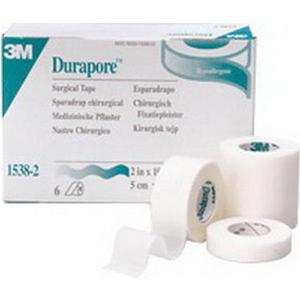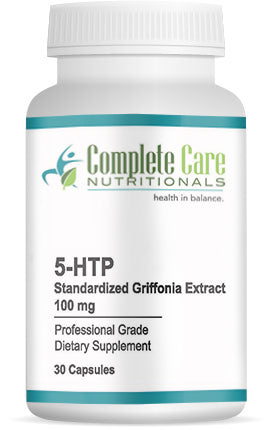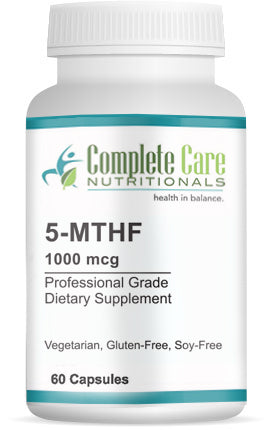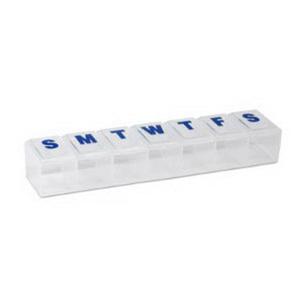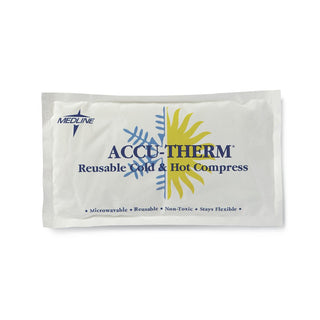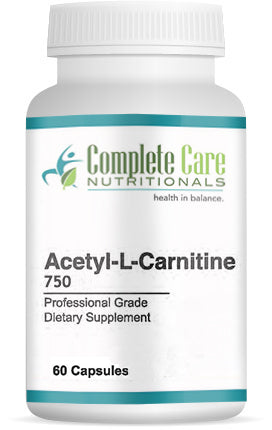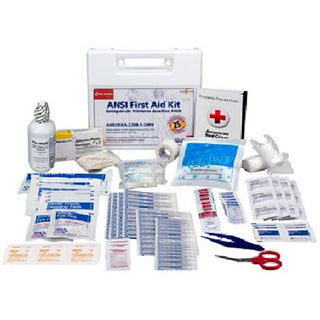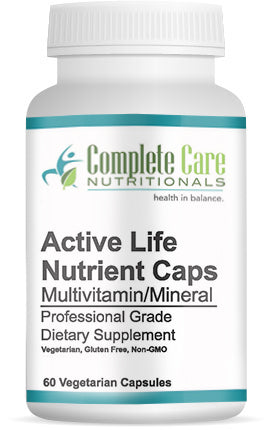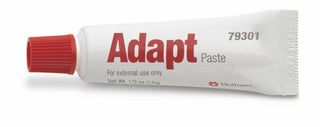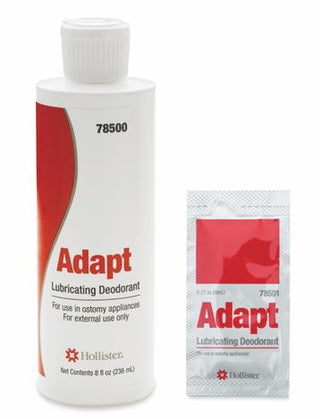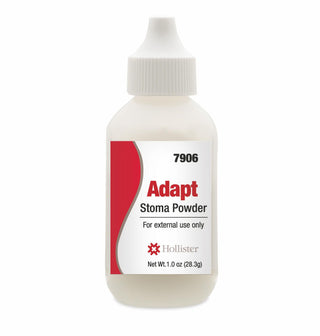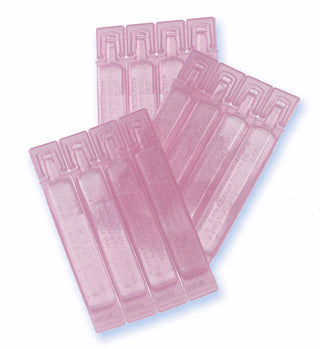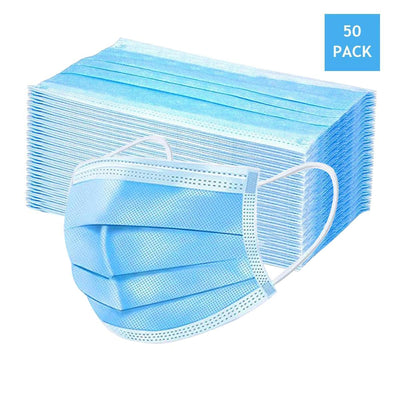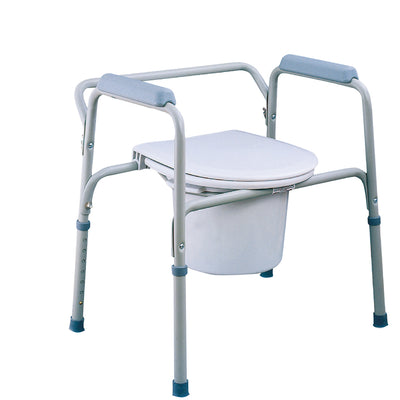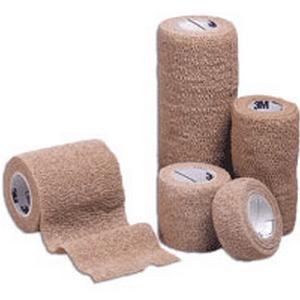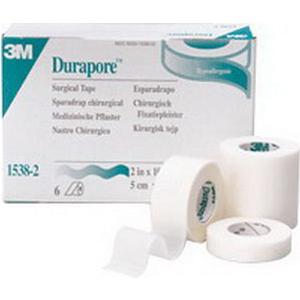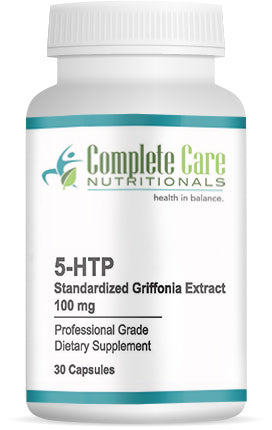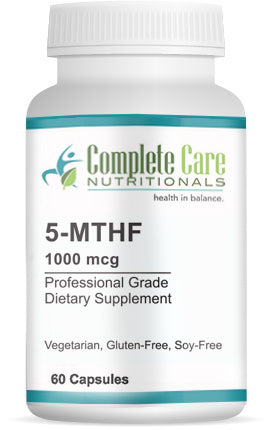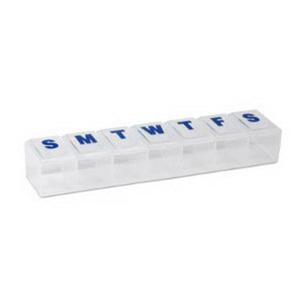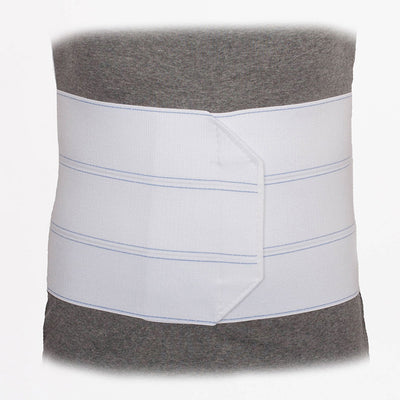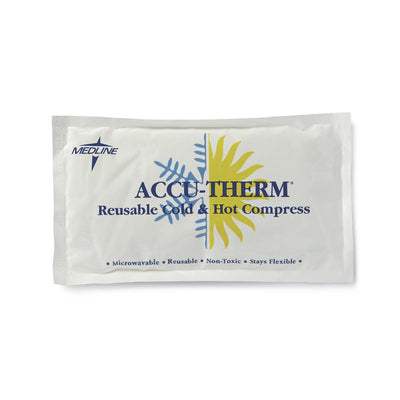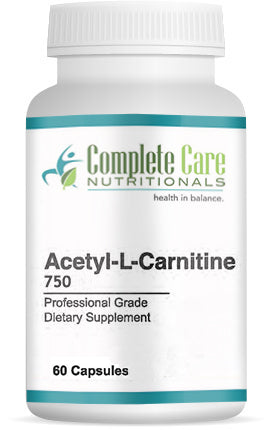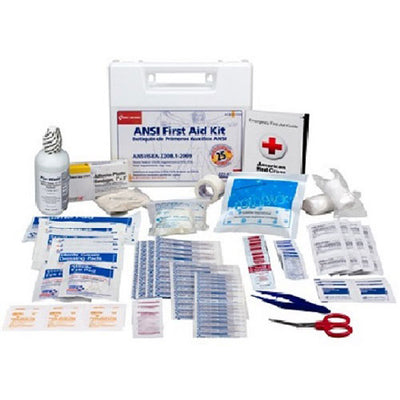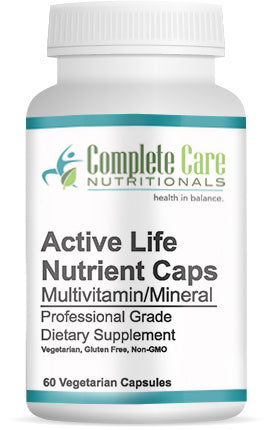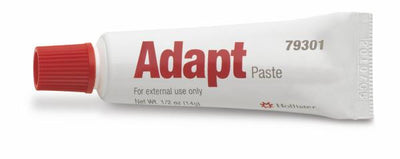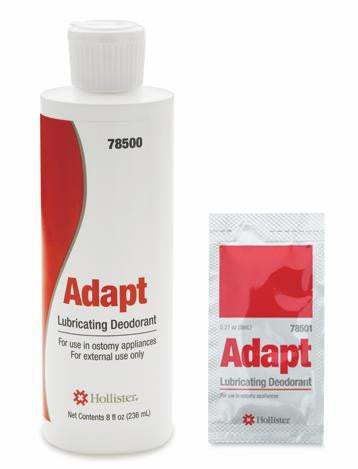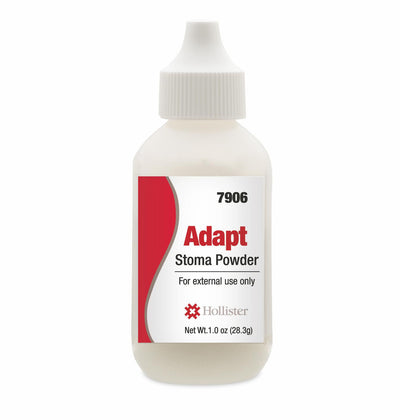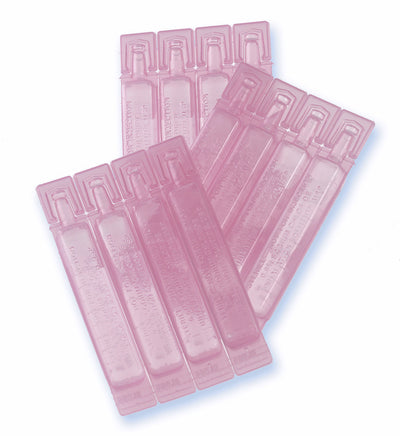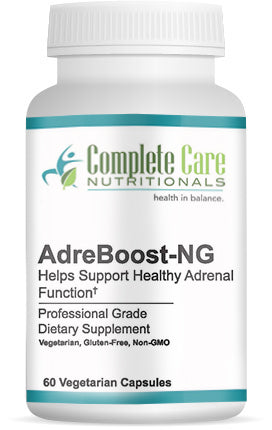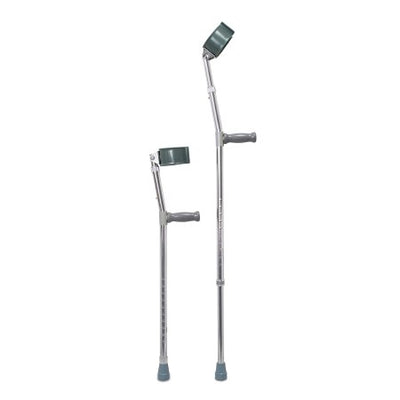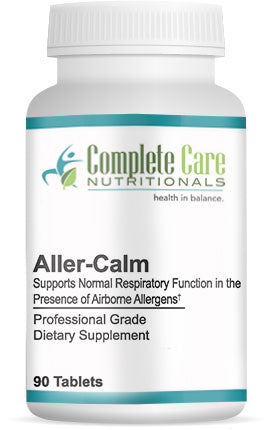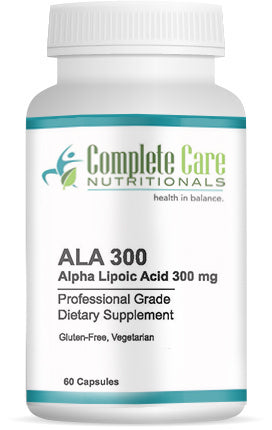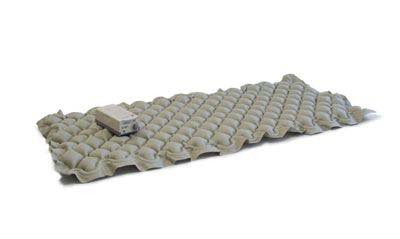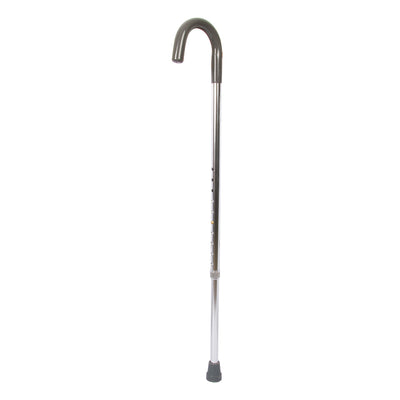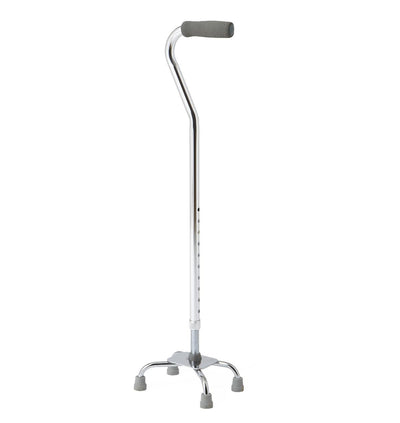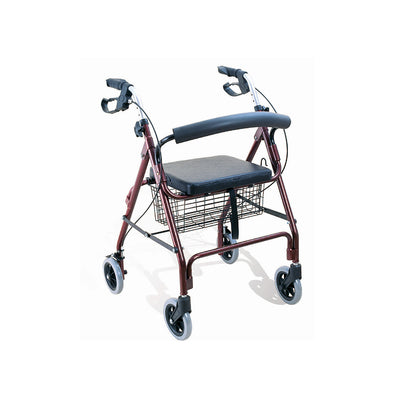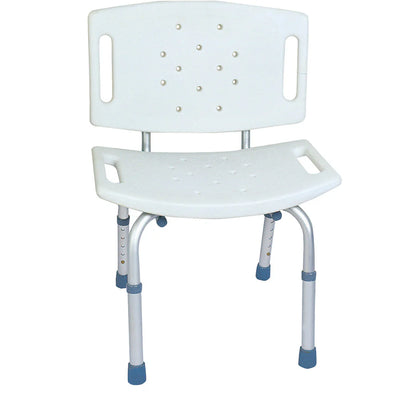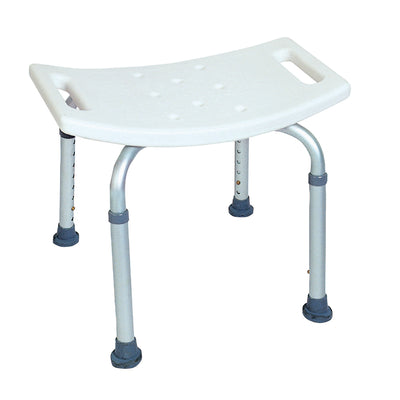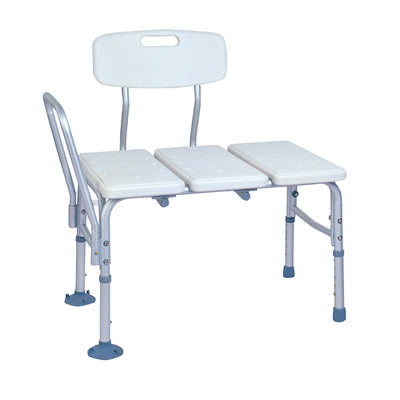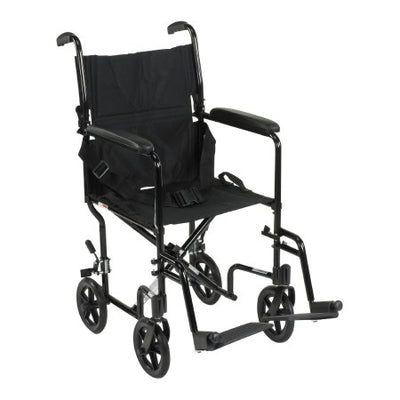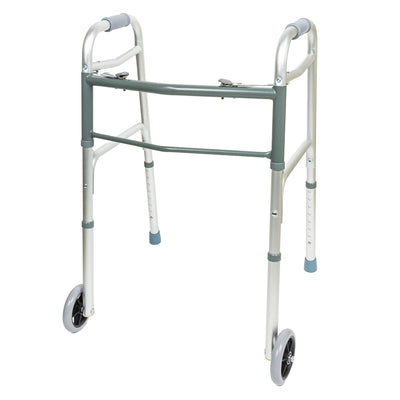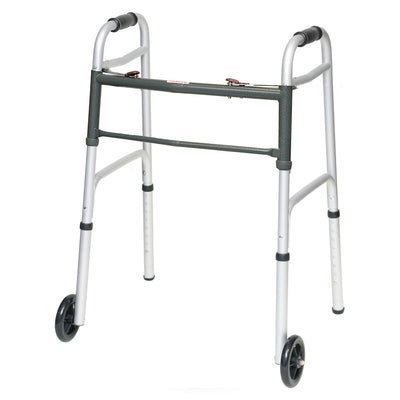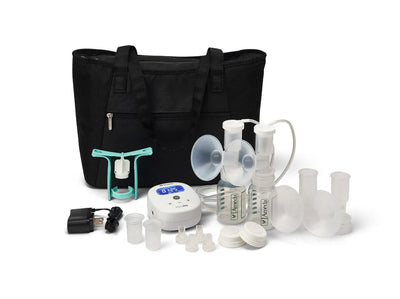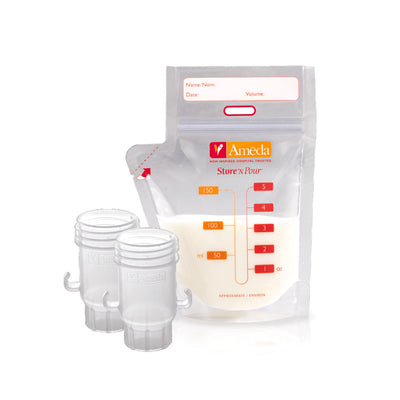Why Staying Healthy When Your Kids Bring Home Illnesses Matters More Than Ever
Staying healthy when your kids bring home illnesses is a challenge every parent faces. With children experiencing up to 12 respiratory illnesses per year, it's crucial to have a plan. When a virus enters your home, it can spread to 90% of surfaces within four hours. This guide provides a plan to maintain your family's well-being during the inevitable waves of illness from school and daycare.
Quick Protection Strategies:
- Wash hands for 20 seconds with soap and water.
- Disinfect surfaces like doorknobs, toys, and electronics daily.
- Create separation with designated cups, towels, and sick spaces.
- Boost immunity with nutritious foods, hydration, and adequate sleep.
- Keep sick kids home until fever-free for 24 hours.
- Take care of yourself—you can't pour from an empty cup.
At Complete Care Medical, we've seen how preparation and the right strategies make all the difference. Our work supporting thousands of families has shown us the importance of being proactive in staying healthy when your kids bring home illnesses.

Your Proactive Guide to Staying Healthy When Your Kids Come Home Sick
When a child starts sniffling, it's time to act. Understanding how illnesses spread and implementing proactive strategies can significantly reduce the risk of the whole family getting sick. Here are the practical steps you can take.
1. The First Rule of Staying Healthy When Your Kids are Sick: Master Hygiene
Good hygiene is your most powerful weapon. Kids are natural germ vectors, spreading illnesses like colds, flu, and stomach bugs through direct contact and airborne droplets. As parents, we are especially vulnerable, making proper handwashing critical.

Handwashing: Our First Line of Defense
- Technique is Key: Wash hands with soap and warm water for at least 20 seconds (sing "Happy Birthday" twice). Scrub all areas, including between fingers and under nails. Proper handwashing is a powerful tool against illness.
- When to Wash: Wash hands frequently, especially before meals, after coming home, after using the restroom, and after caring for a sick person.
- Hand Sanitizer: If soap and water aren't available, use an alcohol-based hand sanitizer with at least 60% alcohol.
Beyond Handwashing: Teaching Responsible Germ Etiquette
- Cough Etiquette: Teach kids to cough or sneeze into their elbow to prevent spreading germs.
- No Sharing: Avoid sharing utensils, cups, and food when someone is sick to prevent spreading viruses through saliva.
- Mask Up: Wearing a mask when you or your child (if over two) are sick can prevent the spread of respiratory viruses and serves as a reminder not to touch your face.
2. Create a Containment Zone: Disinfecting and Isolating
Since germs will inevitably enter your home, the next step is creating a containment zone. Cold and flu germs can live on surfaces for hours, so diligent disinfecting and strategic isolation are key.
Disinfecting High-Touch Surfaces
When someone is sick, clean and then disinfect high-touch surfaces with an EPA-registered disinfectant:
- Doorknobs and light switches
- Countertops and faucet handles
- Remote controls, phones, and electronics
- Toys
- Refrigerator and stove handles
Creating a "Sick Space"
Isolating the sick family member can significantly reduce transmission, especially if there are high-risk individuals in the home.
- Designated Zone: If possible, designate a "sick room" for the ill person.
- Separate Bathroom: Ideally, the sick person should use a separate bathroom. If not, disinfect the shared bathroom after each use.
- Personal Items: Provide the sick person with their own dishes, utensils, and towels. Discard their toothbrush after they recover.
3. Bolster Your Defenses: Immunity, Diet, and Supplements
Strengthen your internal defenses. A well-nourished immune system is a critical component of staying healthy when your kids are sick.

Nutrition and Hydration
A diet rich in lean proteins, fruits, and vegetables provides vitamins and antioxidants for immune function. Limit added sugar, which can hinder the immune system. Staying hydrated is also vital, as water helps flush out toxins and keeps respiratory passages moist.
Immune-Boosting Supplements
Certain supplements can support your immune system:
- Vitamins C, B-6, and E: These vitamins are crucial for immune function and fighting infection.
- Zinc: Research suggests zinc may reduce the duration of respiratory infections. Research on zinc for preventing respiratory infections.
- Probiotics and Elderberry: Probiotics (in yogurt and kefir) may stimulate the immune system, while elderberry syrup is a popular remedy for cold symptoms.
The Power of Sleep and Stress Management
Don't overlook sleep and stress. Adequate sleep is crucial for producing infection-fighting cells, while chronic stress suppresses the immune system. Prioritize rest and manage stress through exercise or hobbies.
4. Improve Your Environment: Air Quality and Vaccinations
Your home environment plays a big role in germ transmission. Improving air quality and getting vaccinated are key strategies for staying healthy.
Air Quality Matters
- Humidifiers: The flu virus is more contagious in dry air. A humidifier can decrease transmission rates. How humidity can reduce flu transmission.
- Air Purifiers: HEPA filters can help remove airborne viruses and allergens.
- Ventilation: Open windows daily to air out the house and reduce the concentration of germs.
The Shield of Vaccinations
Vaccinations are one of the most effective tools for preventing serious illness.
- Flu Shot: The annual flu shot helps prevent illness or reduce its severity, especially for children under 2 and those with underlying medical conditions.
- COVID-19 Vaccine: Staying up-to-date on COVID-19 vaccinations helps prevent infection and severe illness, protecting vulnerable family members.
Vaccines lower the chance of getting sick and reduce the severity and duration of illness, protecting your entire family.
5. Know the Rules: When to Keep Kids Home from School
Keeping sick children home from school or daycare is a critical step in containing germs. While balancing work and childcare is tough, sending a sick child to school can prolong their illness and expose others. Understanding your school's policies is essential.
Here's a general guide for when a child should stay home:
- Fever: A temperature of 100°F (38.3°C) or higher. The child must be fever-free for 24 hours without medication before returning.
- Vomiting and Diarrhea: Stay home if they have vomited two or more times in 24 hours or have uncontained diarrhea.
- Severe Symptoms: Difficulty breathing, a quickly spreading rash, or extreme irritability warrants staying home and seeking medical attention.
- Specific Illnesses: For conditions like strep throat or chickenpox, follow your doctor's advice and school policy on when to return.
LIST of Key Symptoms That Mean Your Child Should Stay Home:
- Fever (100°F or higher)
- Vomiting (2+ times in 24 hours)
- Diarrhea (uncontained or frequent)
- Difficulty breathing
- Unexplained rash with fever
- Draining skin sores that can't be covered
- Uncontrolled coughing
- Extreme tiredness or lack of appetite
Keeping a sick child home helps their recovery and protects the entire school community.
6. Prioritize Self-Care: A Parent's Guide to Staying Healthy When Your Kids Bring Home Illness
Parents often neglect their own health while caring for sick children. Prioritizing self-care isn't a luxury; it's a necessity for staying healthy when your kids are sick. You can't pour from an empty cup.

Parents are more likely to get sick due to close contact, sleep deprivation, and stress, all of which weaken the immune system.
Avoiding Caregiver Burnout
- Get Rest: Nap when your child naps or ask for help so you can sleep. Rest is vital for immune function.
- Manage Stress: Stress impacts immunity. Incorporate brief stress-reducing activities like deep breathing or a quick walk.
- Ask for Help: Don't be a martyr. Share duties with a partner and accept help from family and friends.
- Give Yourself Grace: It's okay to feel overwhelmed or get sick. Pushing through will only prolong the illness.
Practical Tips for Your Own Health
- Stay Vaccinated: Keep up-to-date on your flu and COVID-19 shots.
- Eat Well and Hydrate: Prioritize a nutrient-rich diet and drink plenty of water.
- Wash Your Hands: Be extra diligent with your own handwashing after caring for your child.
- Don't Share: Use your own cups and utensils to avoid cross-contamination.
Conclusion: Building a Resilient and Healthy Home
Staying healthy when your kids are sick is a marathon, not a sprint. It requires a multi-faceted approach combining proactive prevention with effective management. The key strategies include:
- Mastering hygiene
- Creating containment zones
- Bolstering your immune defenses
- Improving your home environment and getting vaccinated
- Knowing when to keep kids home from school
- Prioritizing your own self-care
At Complete Care Medical, we empower families with the knowledge and tools to live healthier lives. As a trusted partner in your health journey, we are committed to making high-quality health products accessible with compassionate, personalized service.
By applying these strategies, you can build a more resilient home environment and steer childhood illnesses with greater confidence.








